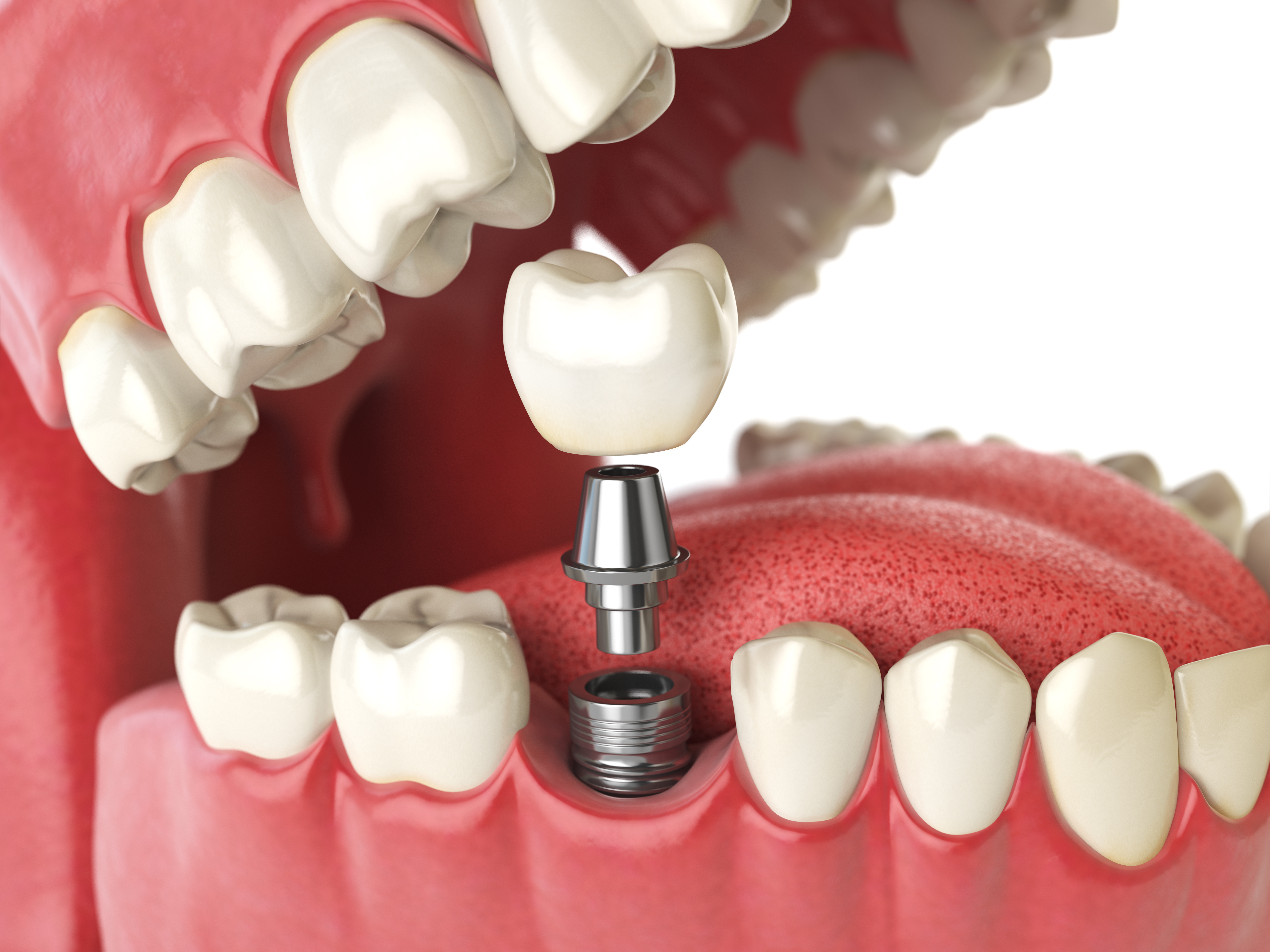Screwless Dental Implants: A Revolution in Smile Restoration
Modern dentistry continues to evolve with innovative solutions that prioritize patient comfort and treatment efficiency. Screwless dental implants represent a significant advancement in tooth replacement technology, offering an alternative approach to traditional implant procedures. These innovative systems eliminate the need for abutment screws, potentially reducing complications and improving long-term outcomes for patients seeking permanent tooth replacement solutions.

Dental implant technology has undergone remarkable transformations in recent decades, with screwless systems emerging as a promising innovation in restorative dentistry. Unlike conventional implants that rely on multiple components connected by screws, these advanced systems integrate the implant and abutment into a single unit, streamlining the restoration process and potentially offering enhanced stability.
What Are Their Benefits?
Screwless dental implants offer several distinct advantages over traditional multi-component systems. The elimination of abutment screws reduces the risk of screw loosening, a common complication that can lead to implant failure or require additional maintenance visits. This design also creates a more seamless connection between the implant and crown, potentially improving the seal against bacterial infiltration.
The simplified structure can lead to improved gum health around the implant site, as there are fewer gaps and crevices where bacteria can accumulate. Additionally, the manufacturing precision of single-unit systems often results in better fit and finish, contributing to both functional performance and aesthetic outcomes.
What Makes Screwless Implants Different from Traditional Ones?
Traditional dental implants typically consist of three main components: the titanium implant post, an abutment, and the crown. These parts are connected using small screws that can occasionally loosen over time. Screwless systems, however, integrate the implant and abutment into one piece, eliminating the screw connection point.
This fundamental design difference affects the entire treatment process. Traditional implants often require multiple appointments for component placement and adjustment, while screwless systems can sometimes be restored more efficiently. The reduced number of interfaces in screwless designs may also contribute to better long-term stability and reduced maintenance requirements.
How Much Do Screwless Dental Implants Cost in 2025?
The cost of screwless dental implants varies significantly based on geographic location, provider expertise, and specific treatment requirements. In the United States, patients can typically expect to pay between $3,500 and $6,000 per implant, including the surgical placement and crown restoration. European markets often see prices ranging from €2,800 to €5,200, while costs in other regions may differ substantially.
Several factors influence pricing, including the complexity of the case, need for additional procedures like bone grafting, and the specific implant system selected. Premium materials and advanced manufacturing techniques associated with screwless systems may result in higher costs compared to traditional implants.
| Provider Type | Location | Cost Range | Additional Services |
|---|---|---|---|
| Private Practice | United States | $4,000-$6,000 | Consultation, Follow-up |
| Dental Chains | United States | $3,500-$5,500 | Financing Options |
| University Clinics | United States | $2,800-$4,200 | Student Supervision |
| Private Clinics | Europe | €3,000-€5,200 | Warranty Programs |
| Specialist Centers | Canada | CAD $4,500-$7,000 | Advanced Imaging |
Prices, rates, or cost estimates mentioned in this article are based on the latest available information but may change over time. Independent research is advised before making financial decisions.
Screwless Dental Implants Price Considerations
When evaluating screwless implant pricing, patients should consider the total treatment value rather than focusing solely on initial costs. The reduced maintenance requirements and lower risk of complications associated with screwless systems may result in long-term savings compared to traditional implants that might require periodic screw tightening or component replacement.
Insurance coverage varies widely, with some plans covering a portion of implant costs while others exclude them entirely. Many providers offer financing options to help patients manage the investment in their oral health. It’s advisable to obtain detailed treatment estimates from multiple providers and verify insurance benefits before proceeding with treatment.
Treatment Considerations and Candidacy
Not all patients are suitable candidates for screwless dental implants. Adequate bone density and volume are essential for successful implant integration, regardless of the system type. Patients with certain medical conditions, such as uncontrolled diabetes or active periodontal disease, may need to address these issues before implant placement.
The treatment timeline for screwless implants often mirrors that of traditional systems, typically requiring several months for complete healing and integration. However, the simplified restoration process may reduce the number of required appointments, making treatment more convenient for patients.
Screwless dental implants represent a meaningful advancement in implant dentistry, offering potential benefits in terms of simplicity, reliability, and long-term outcomes. While costs may be comparable to or slightly higher than traditional systems, the reduced maintenance requirements and improved design characteristics make them an attractive option for many patients seeking permanent tooth replacement solutions.
This article is for informational purposes only and should not be considered medical advice. Please consult a qualified healthcare professional for personalized guidance and treatment.




